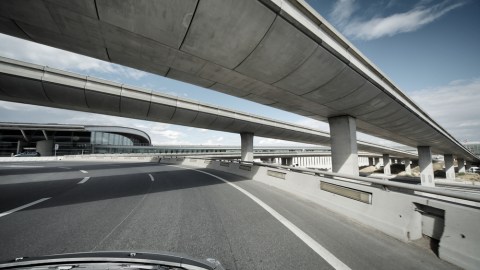Would Cities Benefit From Tearing Down Elevated Urban Highways?

What’s the Latest?
Daniel C. Bock of Governing.com has penned an interesting article on the potential benefits of cities tearing town elevated highways that run through urban centers. The idea is simple enough: many of these massive overpasses are aging and no longer serve the purposes for which they were built. Removing them could stimulate urban growth in city centers, replacing off-ramps and parking garages with the sorts of thriving developments that boost local economies. Interstate traffic would be then be rerouted around metropolitan centers in a beltway sort of system.
What’s the Big Idea?
As Bock notes, tearing down expressways is a controversial move. Art Agnos lost his job as San Francisco mayor in 1991 due to his support of tearing down the city’s Embarcadero Freeway. Despite the public’s anger at the time, the expressway was removed and the resulting boulevard that now stands in its place is lauded as a huge success.
Bock makes sure to mention the potential counter-arguments to tearing down urban highways:
While many planners see these elevated highways as dated eyesores that choke off urban revitalization, replacing them can cost billions and, critics say, worsen traffic congestion — without any guarantee that removing the roadway will lead to new development.
Of course, maintaining freeways — aging ones in particular — is also expensive. But some cities such as Los Angeles are so innately linked to the automobile that getting rid of elevated urban expressways would make little sense. But for a city like Syracuse (which Bock profiles in the article), an urban interstate makes little sense for future growth.
I encourage you to read Bock’s article (linked below) and tell us what you think.
Read more at Governing.com
Photo credit: Konstantin Sutyagin / Shutterstock




